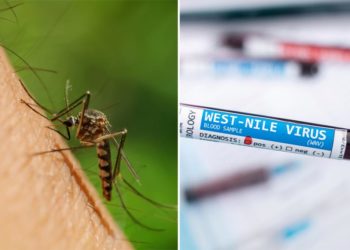What is plastic?
The question isn’t as silly as it sounds. The miraculous substances that suffuse our daily lives are not one material but many, differing wildly in look, feel and function, from the materials in Saran wrap to your kid’s Legos to airplanes. Even two seemingly identical plastics are rarely the same because manufacturers add any number of additives, such as phthalates, flame retardants, perfluoroalkyl and polyfluoroalkyl substances, or PFAS, to imbue their products with additional flexibility, say, or heat resistance. By one estimate, there are at least 16,000 known chemical additives used by the plastics industry, of which at least 4,200 are known to be toxic. And because plastics inevitably break down into microplastics and then nanoplastics, eventually making their way into our lungs, guts, brains and even our unborn children, whatever is in our plastic is in us, too.
This is a high-stakes moment for anyone invested in what plastics might be doing to our health. Beginning this week, representatives from more than 170 countries involved in a United Nations plastics treaty process are gathering in Geneva to try, for the sixth time, to negotiate the first global agreement to regulate the production, consumption and disposal of plastics.
A previous meeting, held in South Korea in December, failed because of disagreements between countries pushing for an ambitious treaty and a group of fossil-fuel-producing nations, including Saudi Arabia, Russia, Iran and the United States. Among the causes for discord has been the question of plastics’ impact on human health. This issue should concern all Americans, given the findings of the so-called Make America Healthy Again Commission, which highlighted the potential risks of microplastics, phthalates, PFAS and other plastics additives for children’s health.
Dozens of countries and an independent coalition of scientists want to ban plastics and chemical additives that are known or suspected to harm human health. But Saudi Arabia, the world’s largest crude oil exporter, has argued that including language on the health impacts of plastics would distract from the treaty’s core focus on pollution. The Trump administration has suggested that it would support only a treaty that protects American business interests.
Exactly what, if anything, plastics are doing to our health remains hotly contested. But the signs aren’t good. Researchers have linked microplastics consumption to an increased risk of cancer, respiratory disorders, bowel disease and male and female infertility. They are also known to trigger inflammation — a precondition for cancer — and possibly interfere with antibiotics. Researchers writing in the British medical journal The Lancet recently declared plastics “a grave, growing and underrecognized danger to human and planetary health.”
That might sound pretty damning, but proving whether microplastics are causing any specific disease is surprisingly hard. For one thing, much of the science on microplastics is relatively new and based on studies of animal or human cells in a lab. As Nicholas Chartres, a senior research fellow who studies microplastics at the University of Sydney Pharmacy School, told me, “You can’t ethically randomize people to be exposed to these chemicals.” Several long-term observational studies are ongoing, but conclusive results may be years away.
Thank you for your patience while we verify access. If you are in Reader mode please exit and log into your Times account, or subscribe for all of The Times.
Thank you for your patience while we verify access.
Already a subscriber? Log in.
Want all of The Times? Subscribe.
The post Two Words: Plastics Treaty appeared first on New York Times.




